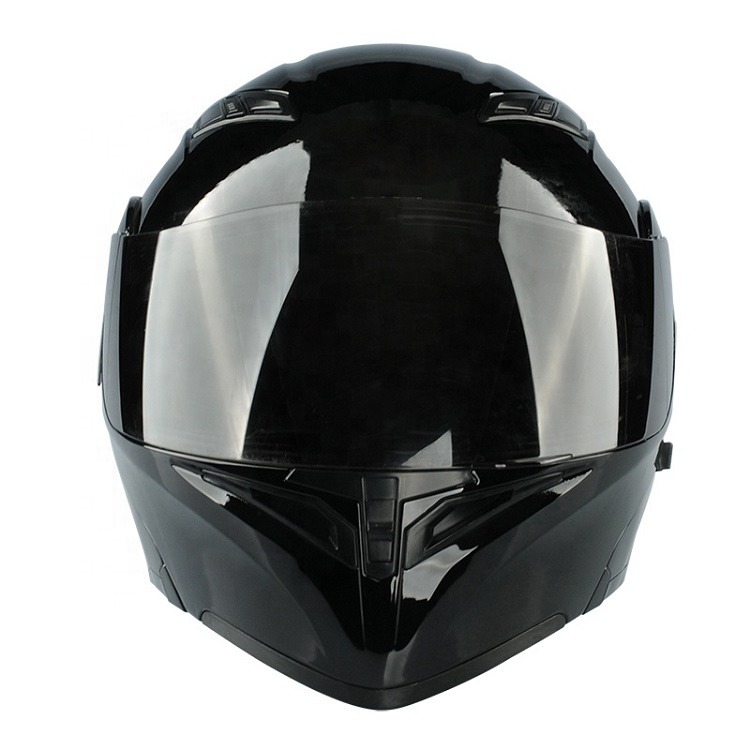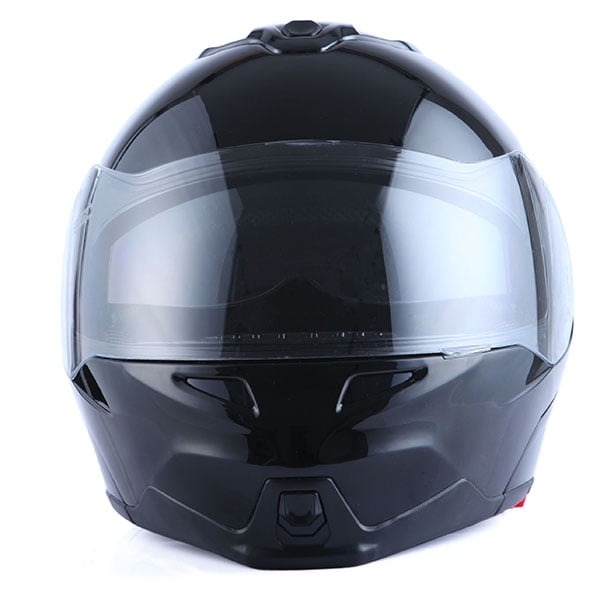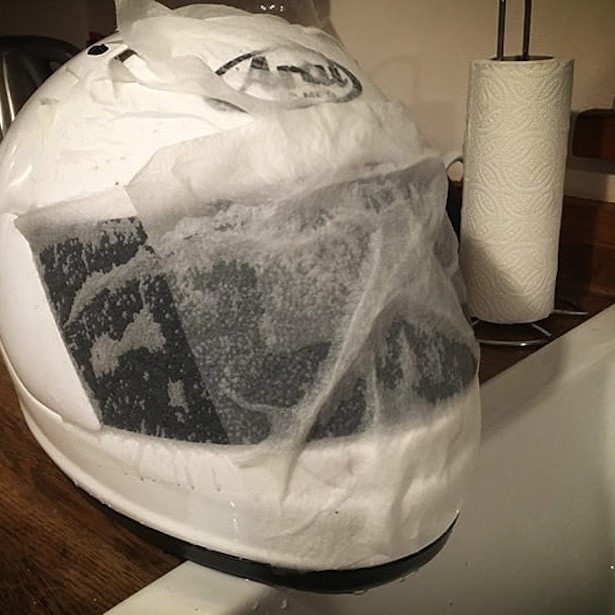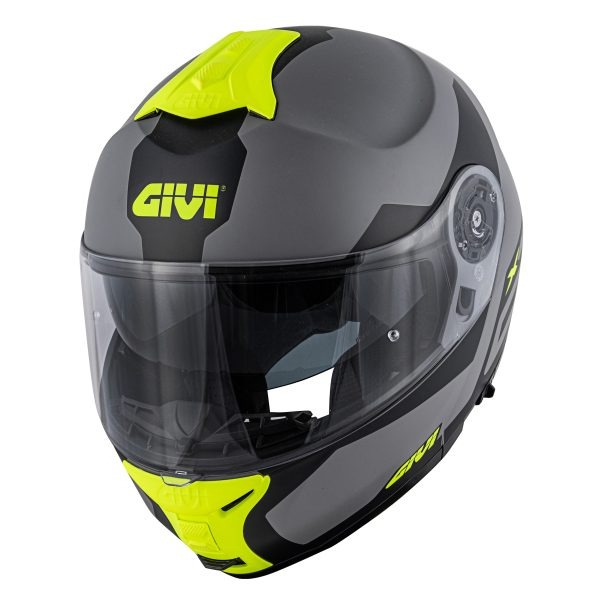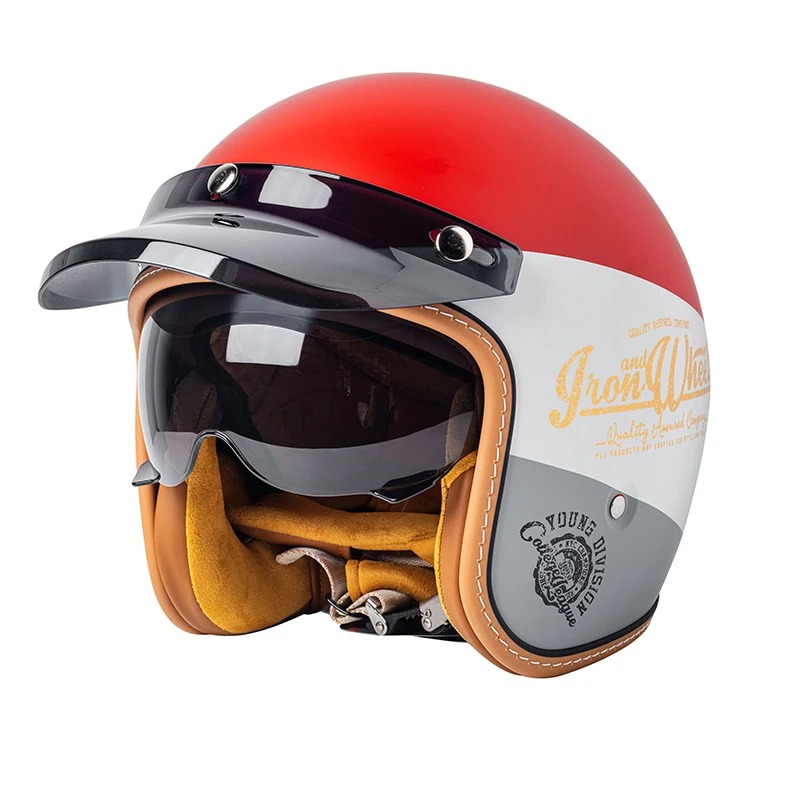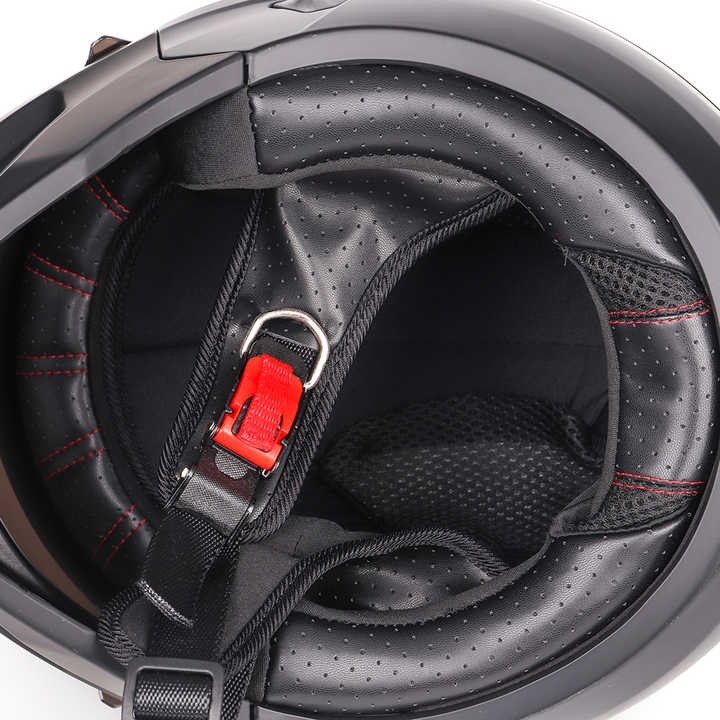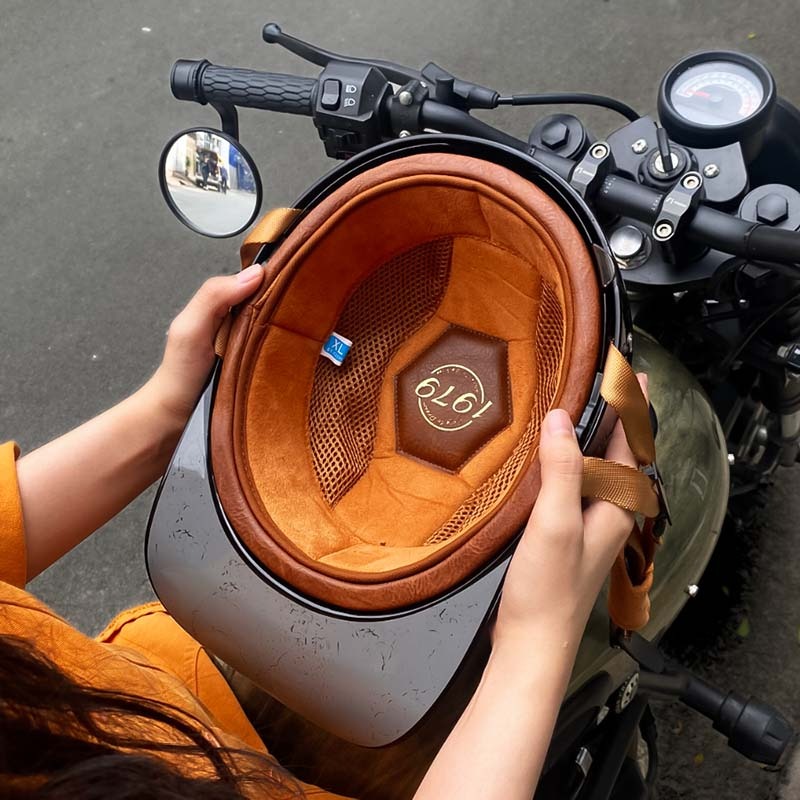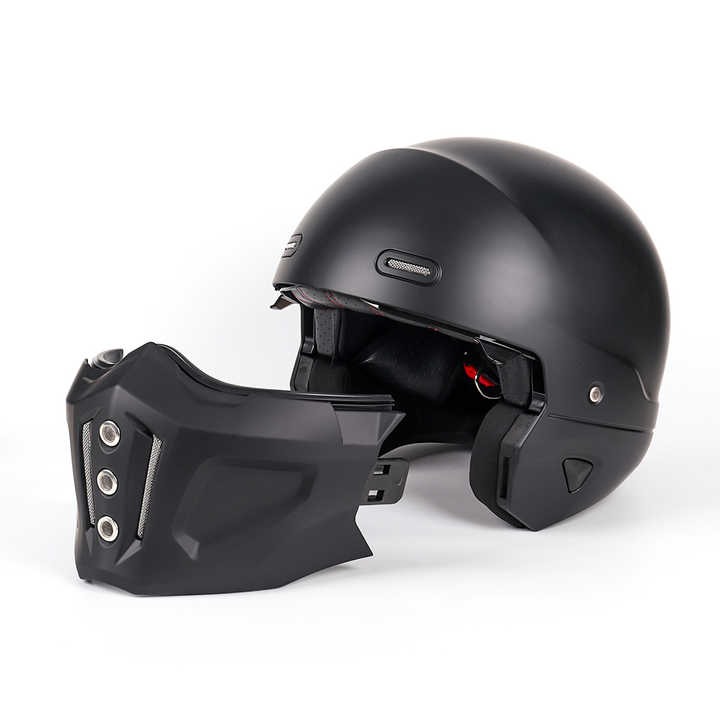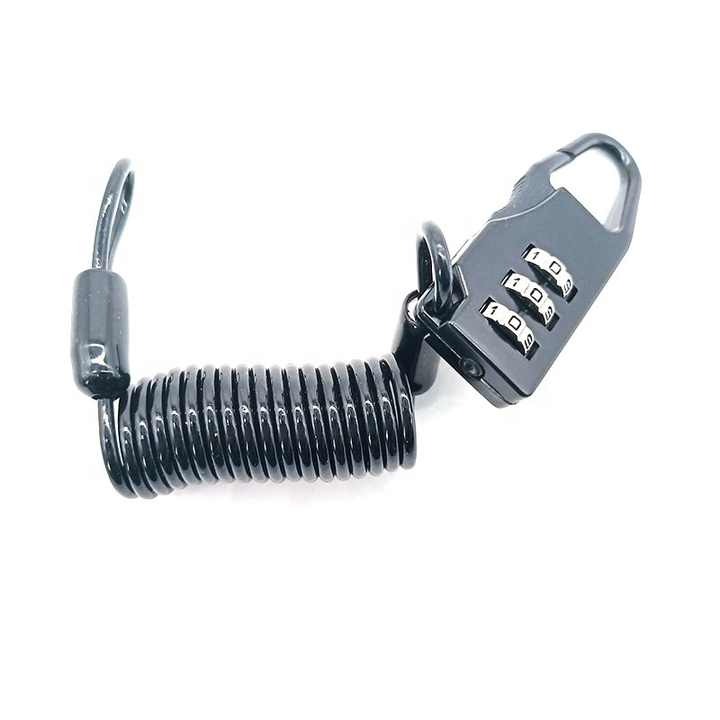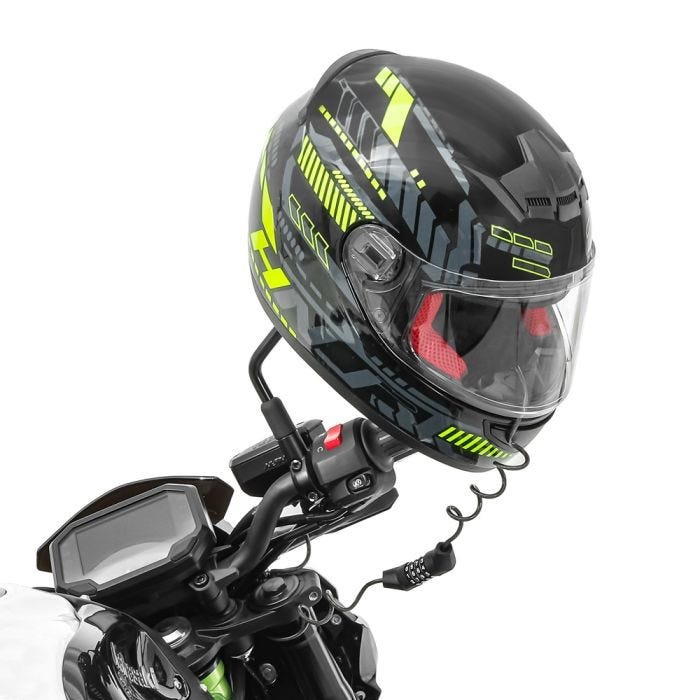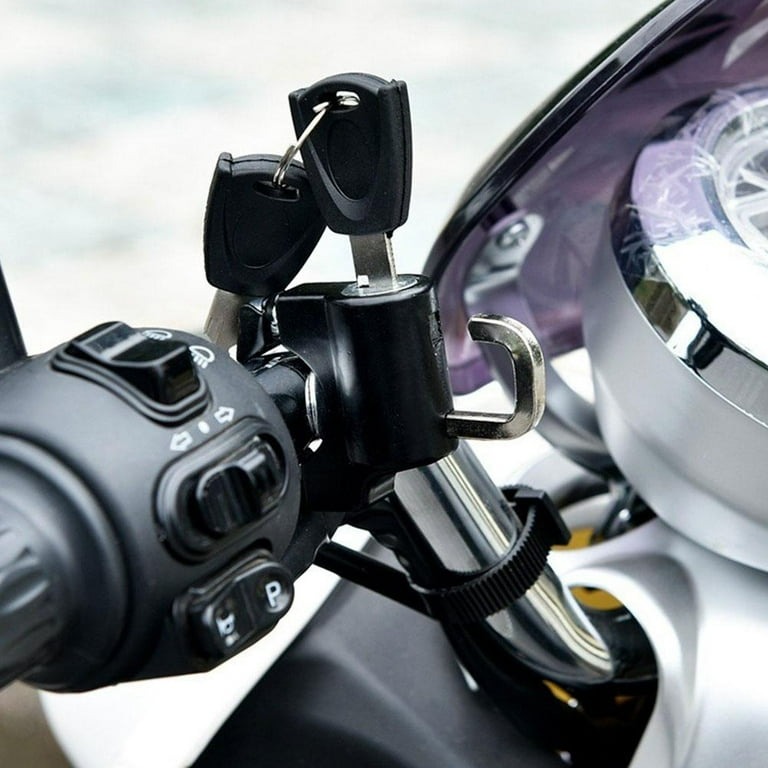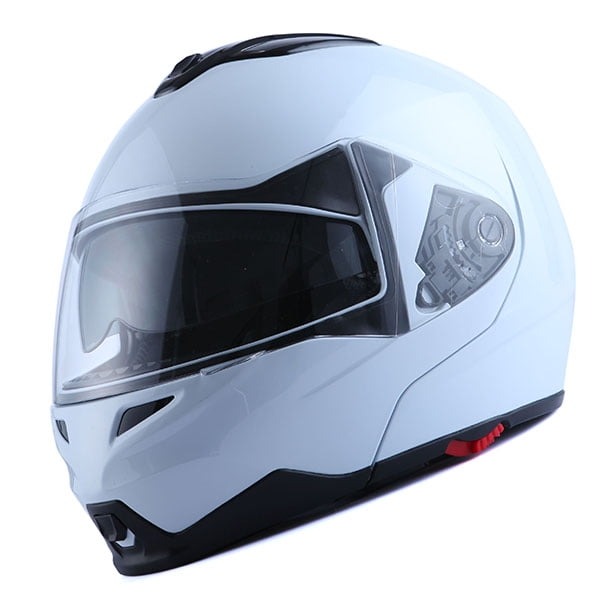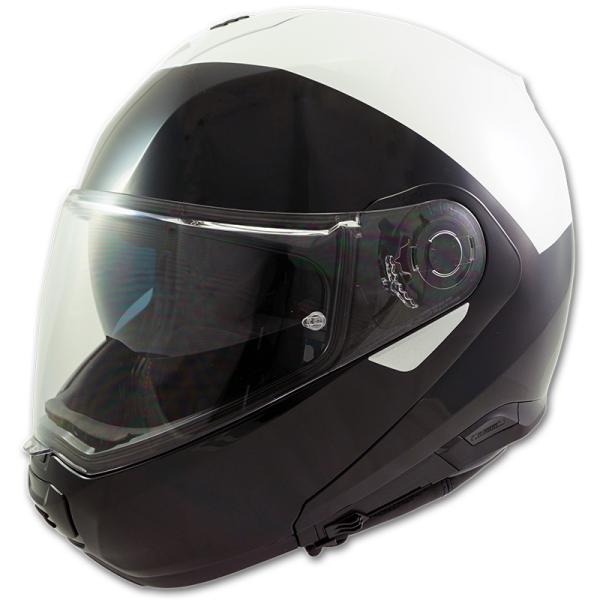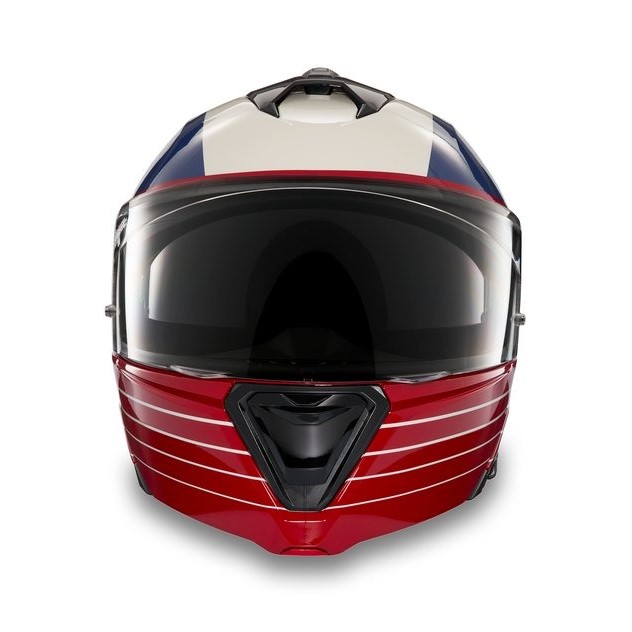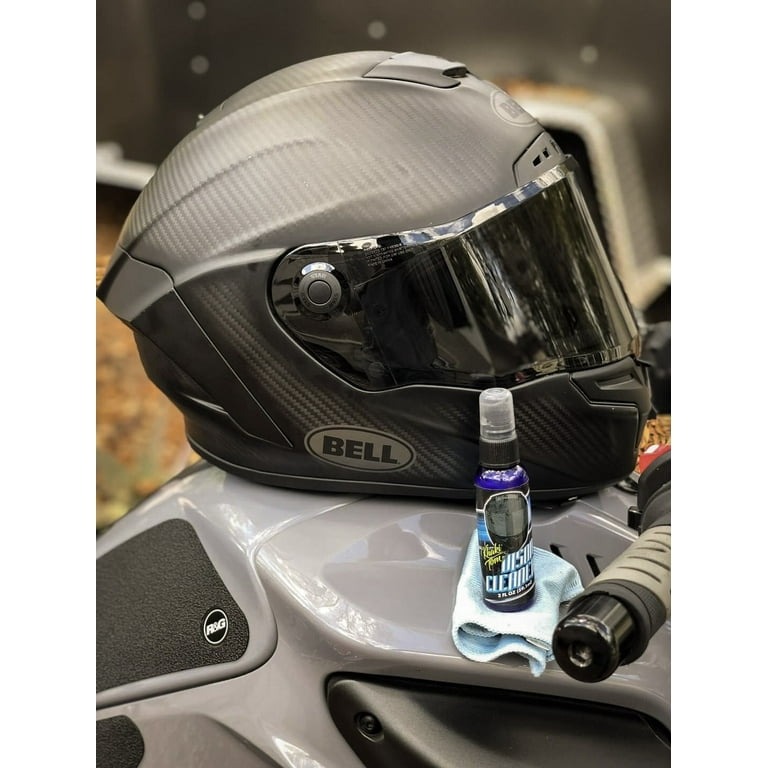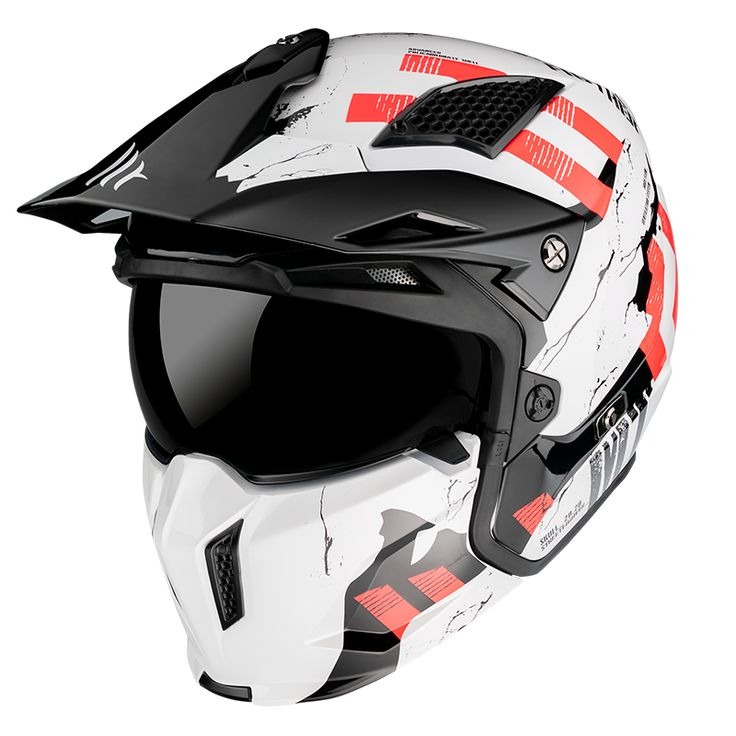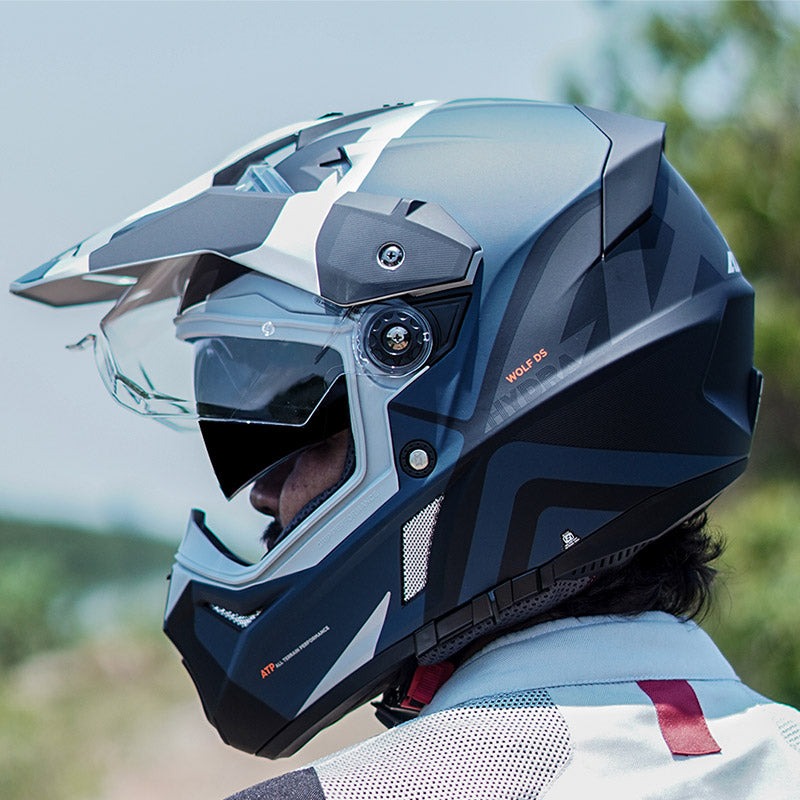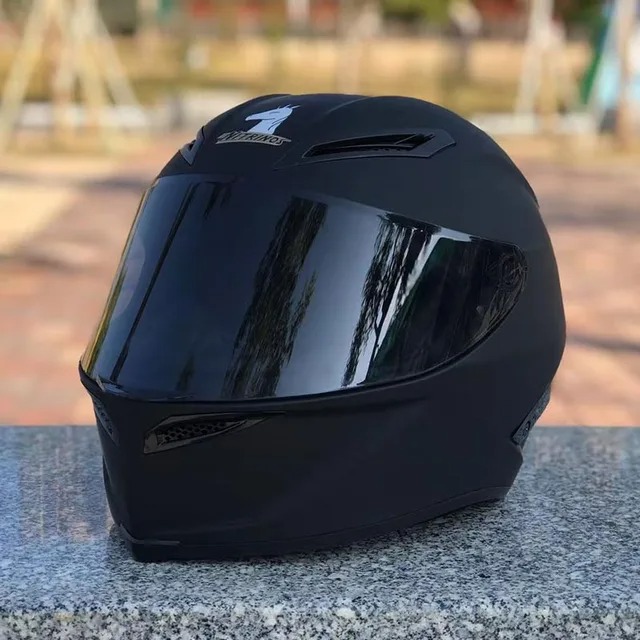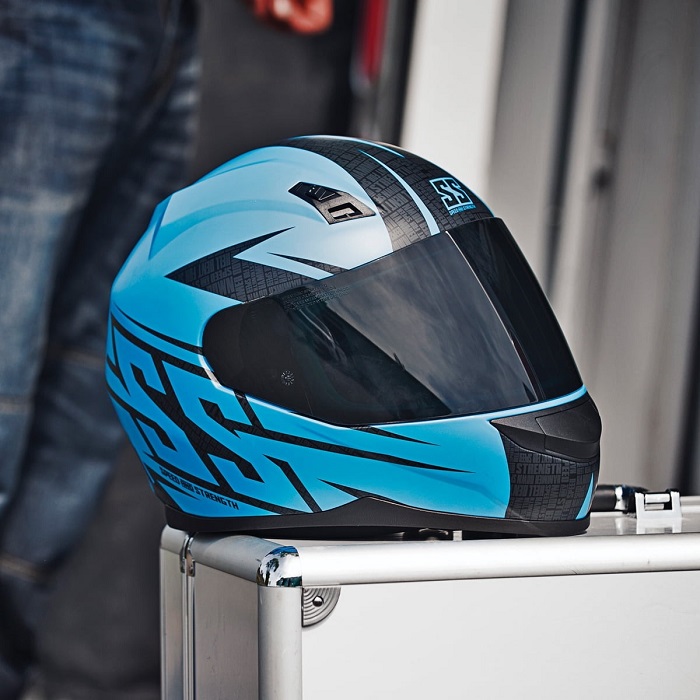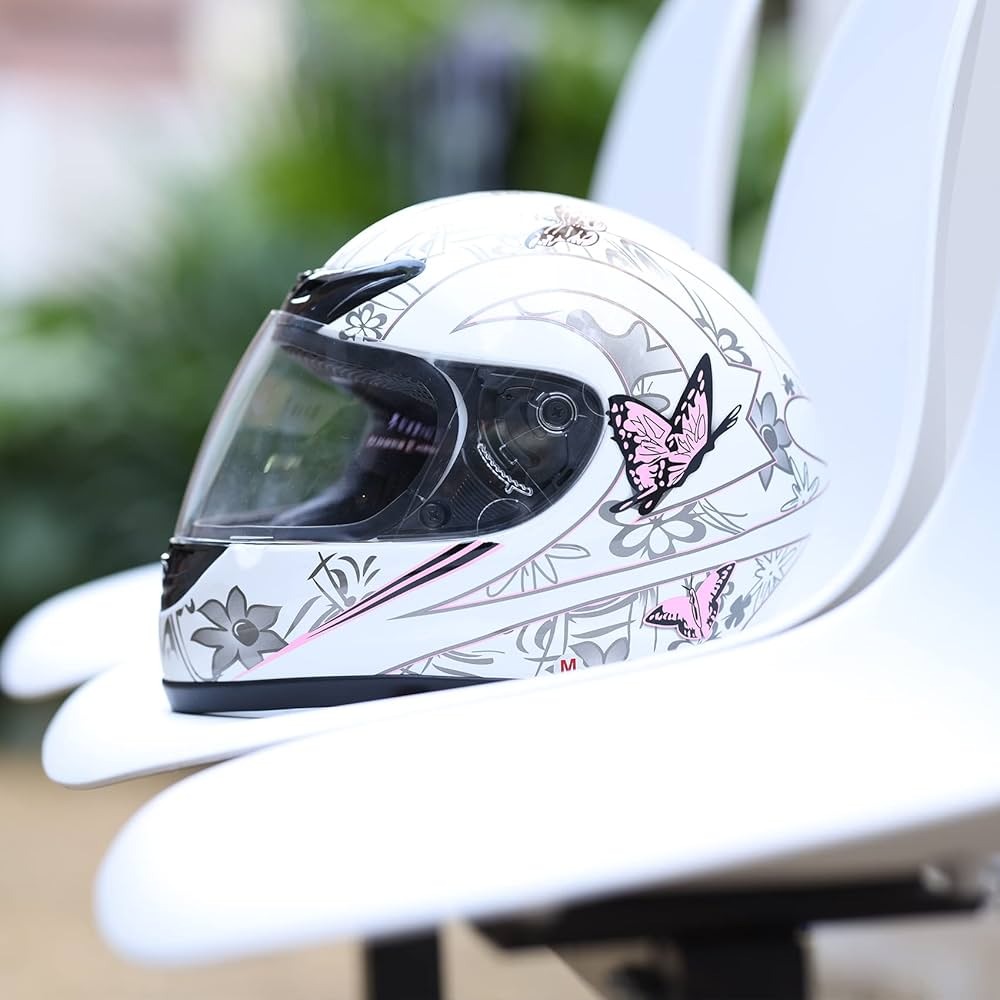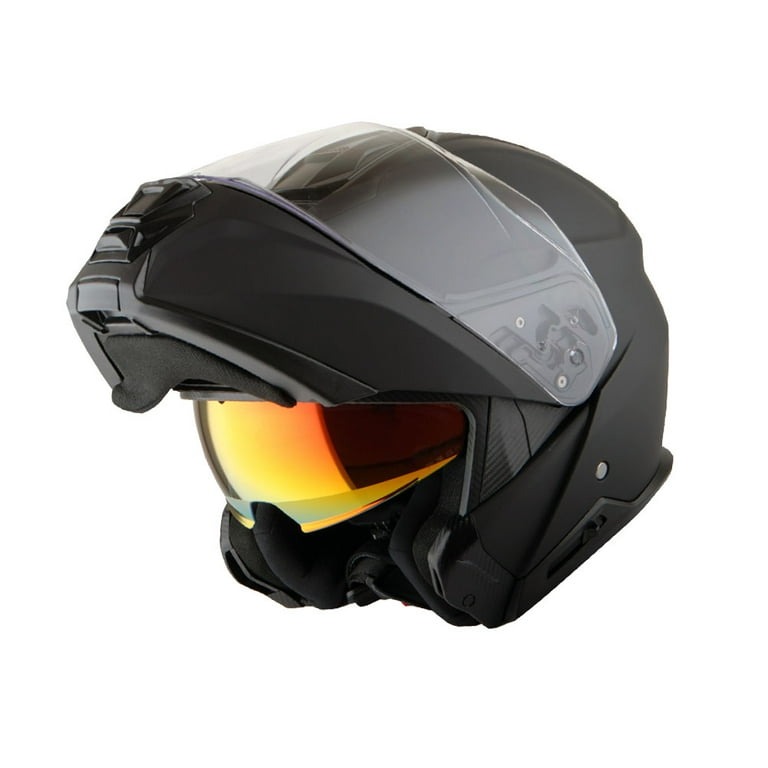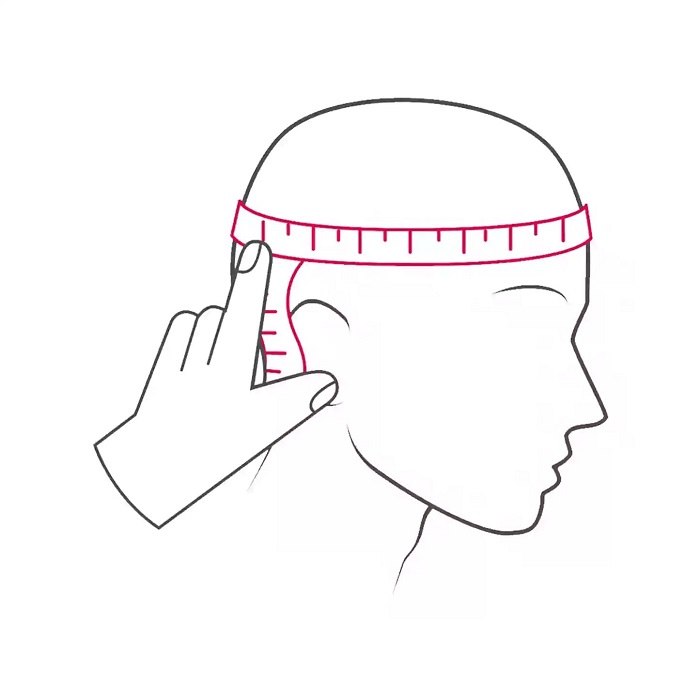Feb 10, 2025
Understanding Which States Have Motorcycle Helmet Laws
Overview of Motorcycle Helmet Laws in the US
Motorcycle helmet laws vary widely across the United States. Each state has the power to enforce its own set of rules surrounding the use of helmets. Some states require all motorcyclists to wear helmets, regardless of their age or experience. Others have laws that mandate helmet use only for riders of certain ages, typically those under 18. A few states do not have any motorcycle helmet laws at all. For riders crossing state lines, understanding the patchwork of regulations is crucial to ensure compliance and safety.
The basis for these laws often rests on the proven safety benefits helmets provide. They can significantly reduce the risk of head injury and fatalities in accidents. Therefore, states with universal helmet laws aim to enhance the well-being of riders through these regulations. Yet helmet laws also extend to legal considerations, affecting aspects such as insurance and liability. The keywords ‘which states have motorcycle helmet laws’ is a common inquiry for riders who plan to travel and need to prepare accordingly. Due to the differing laws and the serious implications of non-compliance, it is essential for all riders to stay informed about the helmet laws in each state they plan to ride through.
The Importance of Motorcycle Helmets for Safety
The safety benefits of motorcycle helmets are clear and well-documented. When a crash happens, riders wearing helmets have a higher chance of survival. Helmets protect the brain by absorbing the force of an impact. This can prevent serious head injuries or even death.
The statistics speak for themselves. Studies show that helmets reduce the risk of head injury by 69%. They also cut the risk of death by 42%. For this reason, many states enforce helmet laws to keep riders safe.
Not only do helmets protect against direct injuries, but they also shield riders from windblast, debris, and harsh weather. Such protection can help riders stay focused on the road and avoid accidents. Wearing a helmet also sets a positive example for new riders, promoting a culture of safety.
Riders should not view helmets as an inconvenience. They are critical safety gear. Understanding which states have motorcycle helmet laws is just the first step. Riders must make conscious choices to prioritize their safety every time they ride. They must select helmets that meet safety standards and wear them consistently.
In sum, motorcycle helmets are a key element in rider safety. They offer protection that can make a life-or-death difference in a crash. Knowing and following helmet laws ensures compliance, but more importantly, it keeps riders safe. And that is the ultimate goal of these regulations.
Comprehensive Guide to Helmet Laws by State

In the United States, motorcycle helmet laws are as varied as the states themselves. Understanding which states have motorcycle helmet laws is vital for bikers traveling interstate. Here’s a breakdown to help you navigate the regulations:
- Universal Helmet Laws: Some states require every motorcyclist to wear a helmet. This law applies no matter the rider’s age or experience level.
- Age-Specific Laws: Other states mandate that only riders under a certain age, often 18, must wear helmets.
- Partial Laws: There are states with laws that apply to new riders or those with instructional permits.
- No Helmet Laws: A few states do not impose any helmet-wearing regulations on motorcyclists.
It’s important for riders to check the specific laws in each state they plan to travel through. Non-compliance can lead to fines and other penalties. More importantly, it can increase the risk of injury in the event of an accident. The laws can change, so it’s crucial to have the latest information before you head out on the road.
Exceptions to State Helmet Laws
While understanding which states have motorcycle helmet laws is the starting point, it’s just as critical to be aware of exceptions within these laws. Exceptions can vary by state and may include specific circumstances or groups of people. Here are some common exceptions found in various state helmet laws:
- Medical Exemptions: Some states offer exemptions for riders with certain medical conditions that prevent helmet use.
- Religious Reasons: Individuals who wear headgear as part of their religious practice may be exempt from the helmet laws in certain states.
- Private Property: Riding on private property might not require a helmet in some states, depending on the law.
- Passengers: In certain states, helmet laws may not extend to passengers on motorcycles, only to the drivers.
- Older Riders: Experienced riders over a certain age, often over 21, might be exempt in some states if they meet specific requirements.
- Insurance Coverage: Riders with a certain level of insurance coverage could be exempt from wearing a helmet in a few states.
These exceptions are crucial for riders to know to ensure compliance and make informed choices about their safety. Riders should also consider that while an exception may legally permit them not to wear a helmet, doing so still increases the risk of injury. Always check the most current state laws and exceptions before deciding not to wear a helmet.
How Helmet Laws Affect Insurance and Liability
Motorcycle helmet laws can greatly impact both insurance costs and liability issues. In states with strict helmet regulations, riding without a helmet can lead to higher insurance premiums. Insurers often view helmet use as a risk-reducing behavior. Thus, wearing a helmet can sometimes lower insurance costs.
Failing to wear a helmet where it’s legally required can also affect accident claims. If a rider without a helmet gets into an accident, the chances of head injury are higher. Insurance companies may pay out less or deny claims based on non-compliance. This means riders could face large bills for medical treatment.
Helmet laws play a role in liability during accidents. Courts may find a helmetless rider more at fault in a crash. This is because the rider ignored safety laws. Such a decision could reduce the compensation the rider would receive.
Notably, in states without helmet laws, insurance and liability issues are less influenced by helmet use. But, insurers may still consider helmet use when determining premiums. It’s crucial to know which states have motorcycle helmet laws when assessing insurance needs.
In summary, helmet laws can significantly influence insurance policies and liability judgments. Riders must understand the relevant laws in each state and choose to wear helmets, not just for compliance, but also for financial protection.
Penalties for Non-Compliance with Helmet Laws

Understanding which states have motorcycle helmet laws is one thing. Facing the consequences of not following these laws is another. Non-compliance with helmet laws can result in various penalties. These vary by state and can impact riders both financially and legally.
- Fines: Riders caught without a helmet where it’s required may receive a fine. Fines can range from a nominal amount to several hundred dollars.
- License Points: Some states add points to the rider’s driver’s license for not wearing a helmet. Accumulating points can lead to license suspension.
- Court Appearances: In certain cases, riders may have to appear in court. This can lead to higher fines or even community service requirements.
- Insurance Penalties: Insurance premiums can go up if a rider violates helmet laws. This can lead to long-term financial costs.
- License Suspension: Severe or repeated violations may result in temporary suspension of a rider’s license.
It is not just the immediate costs that riders should fear. The long-term implications can be more distressing. A violation can affect insurance rates and riding privileges for years. It’s always safer and more prudent to adhere to the helmet laws of each state. This helps avoid these penalties and ensures a safer ride.
Recent Changes in Motorcycle Helmet Legislation
Motorcycle helmet legislation is subject to change as states reassess their safety protocols. Motorcycle enthusiasts must stay current with these updates. Changes may include new mandates, adjustments to existing laws, or repeal of older statutes.
Here are recent shifts in state motorcycle helmet laws:
- Law Introductions: Some states have added new helmet regulations. These often aim to increase safety among riders.
- Amendments: Certain statutes have been refined. For example, states may alter age limits or coverage for specific rider categories.
- Repeals: On occasion, states may remove helmet requirements. This can spark debate between safety advocates and personal liberty proponents.
- Enhanced Enforcement: There may be a push for stricter enforcement. States want to ensure that helmet laws are adhered to by imposing heavier penalties.
These changes underscore the need for riders to verify the current motorcycle helmet laws of each state they visit. Not staying updated can result in unintended non-compliance or safety risks.
From an advocacy standpoint, these changes can be driven by various factors. They often reflect public opinion, scientific research on helmet effectiveness, or political shifts. Groups in favor of stricter laws may highlight the decreased risk of head injuries. Meanwhile, opponents may argue for individual rights and personal choice.
To know which states have motorcycle helmet laws and their updates, consulting local DMV websites or motorcycle advocacy groups is advised. Riders should also keep an eye on legislative announcements and news reports. Awareness and compliance with these laws is key for a safe riding experience.
Advocacy and Future Trends in Helmet Regulation
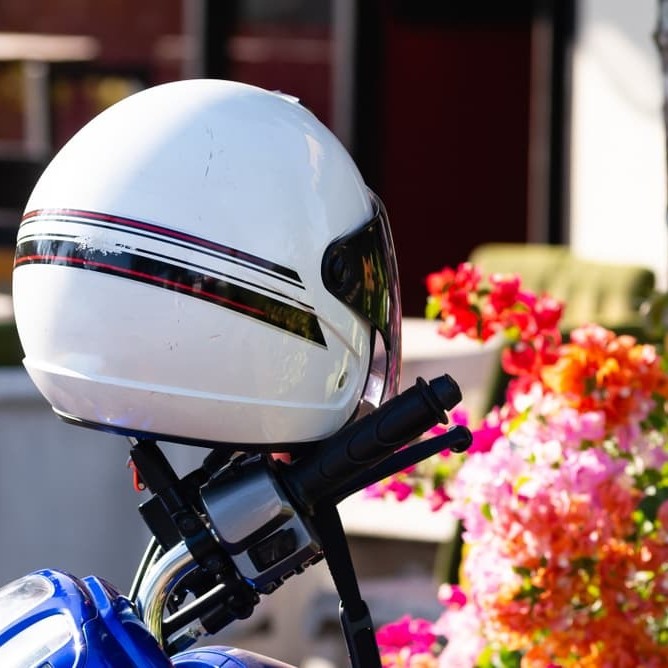
The debate over motorcycle helmet laws often involves strong advocacy from different groups. Safety organizations push for universal helmet laws. They link helmet use to lower rates of head injuries and deaths. On the other side, some riders argue for the freedom to choose. They claim that adults should make their own decisions about helmet use.
Advocates for strict helmet laws draw on data and studies. These show helmets’ role in saving lives during crashes. They work with lawmakers to create or strengthen helmet regulations. Their goal is to make helmet use a norm for all riders, boosting overall safety.
Expectations for the future of helmet regulation vary. More states could adopt universal laws, driven by safety data. Others might favor personal liberty and loosen helmet requirements. It is clear that technology will also play a role. Smart helmets with enhanced safety features may influence laws and rider choices.
Thinking ahead, we might see more states requiring helmets with advanced technology. These could offer better protection and comfort. Such trends could shift public opinion and lead to more widespread adoption of helmet use, even in states with more relaxed laws.
In summary, which states have motorcycle helmet laws is a question that will keep evolving. Advocacy efforts and technological advances will shape future trends in helmet regulation. Riders must stay informed about these changes to ensure safety and compliance.
More Details